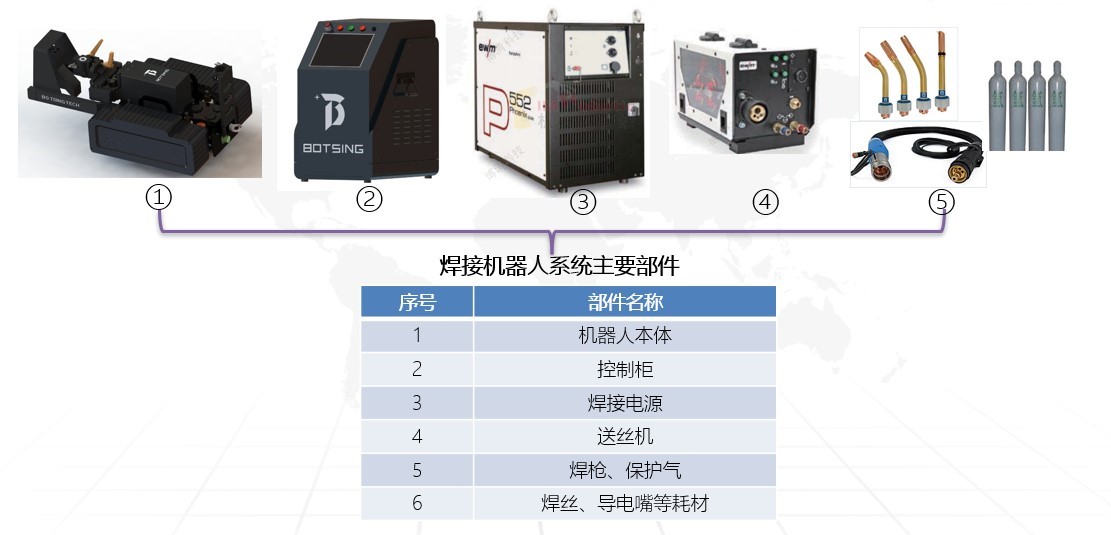Brief Introduction to the Widespread Application of Automatic Welding Manipulators
Date:2021-12-03 Views:882
As is well known, welding operations cause great harm to the human body, and the environment is dirty, messy, and poor, so worker mobility is relatively high. Many enterprises choose to use welding robots instead of manual welding in order to improve the working environment of employees and improve production efficiency.

The use of automatic welding robots can stabilize and improve welding quality; Improve labor productivity; Improve the labor intensity of workers and enable them to work in hazardous environments; Reduced the requirements for workers' operational skills; Shortened the preparation cycle for product upgrades and reduced corresponding equipment investment.
The reason why automatic welding robots have become the first in the welding industry is to improve production efficiency. Welding robots can cope with any working environment, with short response time, fast action, and fast welding speed. The robots do not stop or rest during operation, but it is impossible for workers to do so during work, and their work efficiency is also affected by factors such as mood.
Improving product quality: During the welding process, as long as the welding parameters and motion trajectory are given, the welding robot will accurately repeat this action. Welding parameters such as welding current, voltage, welding speed, and welding wire length play a decisive role in the welding results.
As is well known, welding operations cause great harm to the human body, and the environment is dirty, messy, and poor, so worker mobility is relatively high. Many enterprises choose to use welding robots instead of manual welding in order to improve the working environment of employees and improve production efficiency.

The use of automatic welding robots can stabilize and improve welding quality; Improve labor productivity; Improve the labor intensity of workers and enable them to work in hazardous environments; Reduced the requirements for workers' operational skills; Shortened the preparation cycle for product upgrades and reduced corresponding equipment investment.
The reason why automatic welding robots have become the first in the welding industry is to improve production efficiency. Welding robots can cope with any working environment, with short response time, fast action, and fast welding speed. The robots do not stop or rest during operation, but it is impossible for workers to do so during work, and their work efficiency is also affected by factors such as mood.
Improving product quality: During the welding process, as long as the welding parameters and motion trajectory are given, the welding robot will accurately repeat this action. Welding parameters such as welding current, voltage, welding speed, and welding wire length play a decisive role in the welding results.











